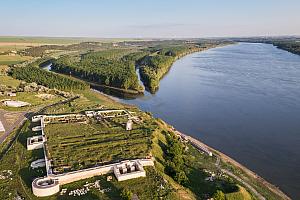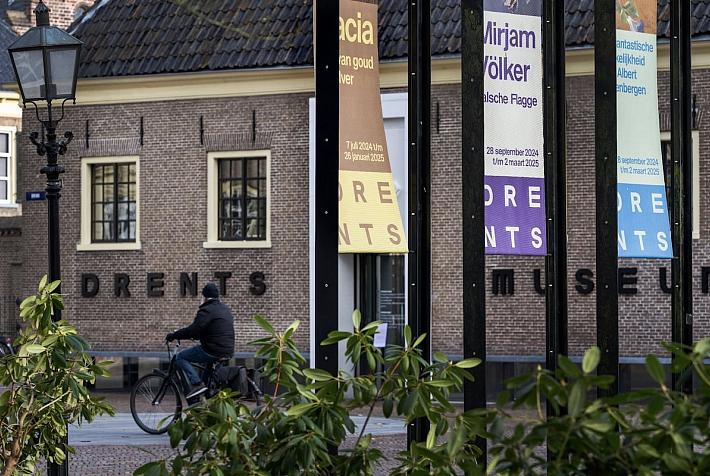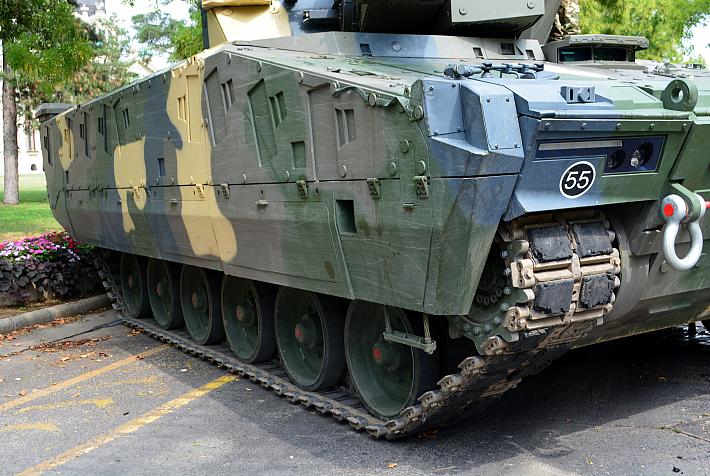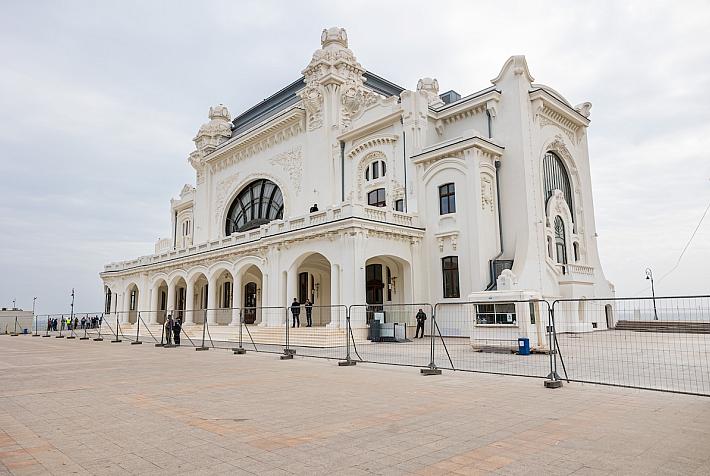Romania Photo of the Day by Dreamstime: The Iron Gates Dam & Power Plant

Romania Photo of the Day created in partnership with stock photo provider Dreamstime aims to highlight the best of Romania. From stunning landscapes and popular tourist destinations and landmarks to people, traditions, and food, this series helps you discover Romania one photo at a time. This week, we put the focus on the Danube Delta and Danube landscapes.
The Iron Gates I Dam & Power Plant is the largest hydro-technical structure on the Danube and in the entire country, and one of the largest hydropower constructions in Europe. Inaugurated in 1972, nearly ten years after the construction work began, it was built during the Communist regime in collaboration with the Socialist Federal Republic of Yugoslavia. (Photo source - click on the number to get to the original file: 220484300 / Romania © Moruzx | Dreamstime.com)
The history of how the Iron Gates dam & power plant came to be is one filled with controversy and sacrifice.
Before the development of the Iron Gates hydro-power plant, navigation in the Danube Gorge was extremely difficult, posing great problems for sailors.
A 1950s CIA report quoted by Adevarul speaks of navigating the area: "The channel in this section has an average width of 60 meters, but in the Iron Gates area the width of the waterway narrows to 20 meters. Only one ship or barge could sail through the Iron Gates. On the Romanian side, a narrow-gauge locomotive was used when necessary to pull ships and barges upstream. Sometimes the ships were towed by a tugboat. It took about two to two-and-a-half hours for a 600-horsepower tug to pull an 80-ton barge through the Iron Gates.”
The plans for the Iron Gates Romanian-Yugoslav project were made in the 1950s, under the leadership of Gheorghe Gheorghiu-Dej. In 1964, Dej and Iosif Broz Tito participated in the laying of the foundation stone of the Iron Gates I.
Work on the Iron Gates started simultaneously on both the Yugoslav (now Serbian) and Romanian sides of the Danube, connected by a temporary bridge, and a workers' colony was soon established on the Danube bank to accommodate 15,000 people from all over the two countries.
According to some statistics, about 100 of them died in work-related accidents during the construction of the dam and hydropower plant.
With the rise in the Danube level, 3,560 hectares were flooded on the Romanian side, affecting ten localities: Orșova, Ada-Kaleh, Eșelnița, Dubova, Vârciorova, Tufări, Jupalnic, Ogradena, Tișovița, and Plavișevița. Seven more were flooded on the other side. All the people that lived here were displaced and forced to find another home.
Today, the power plant is both a vestige of Romania’s turbulent past and a useful tool.
At present, according to descopera.ro, the Iron Gates I power plant has an annual electricity production of around 5,241,000 MWh per year, which represents about 10% of the country’s total production. In addition, the plant provides almost half of the technological system services in Romania.
If you wish to visit the Iron Gates I hydroelectric power plant, there is a museum that was opened here in 1976, which features artifacts from as early as 9000 B.C., folk costumes, as well as exhibits related to the power plant itself. In the Turbine Hall, according to the museum itself, you can see 6 Kaplan turbines, each with an installed power of 194.5 MW, and a weight of 3,680 tons.












